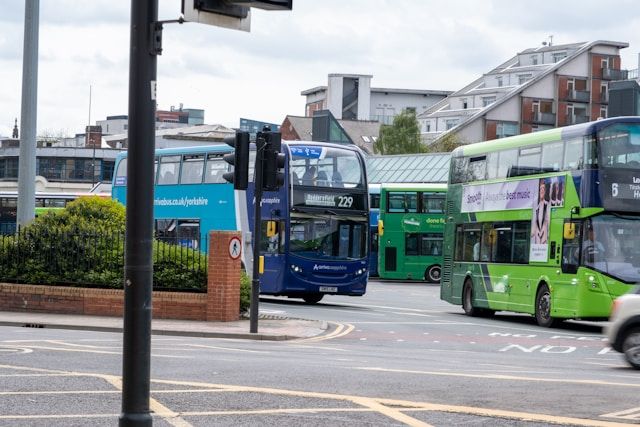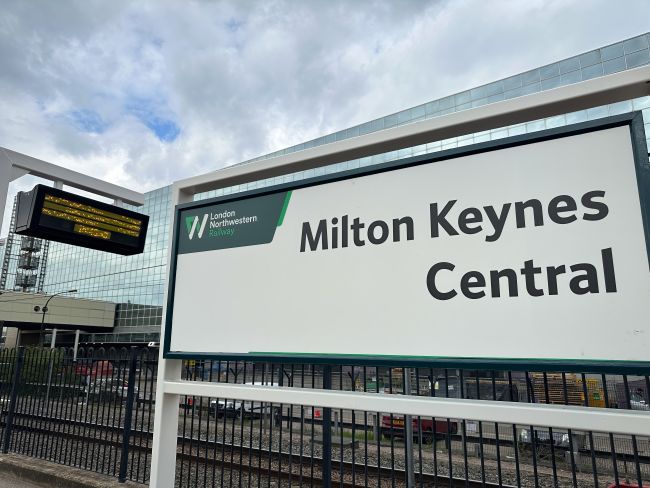Providing transit in small and rural communities
Transit plays a key role in shaping community growth, improving mobility, and expanding economic opportunities.
Transit plays a key role in shaping community growth, improving mobility, and expanding economic opportunities. Larger cities and communities have led the dialogue for greater transit investment to respond to its mobility needs. While these needs are crucially important, Canada’s smaller towns and villages are increasingly realizing the benefits of transit in their communities.
Smaller communities often face a number of challenges in identifying cost-effective transit service solutions, particularly as their lower densities and larger distances between settlement areas lead to sparser and more distributed transit demand. Despite these challenges, there are still many opportunities to pursue cost effective transit in these communities.
Transit doesn’t necessarily have to use a conventional fixed route and fixed schedule system. A suite of opportunities can adapt services to suit urban spatial patterns, street configurations, and community preferences.
Flexible transit delivery methods can help to scale service levels better in line with demand. For instance, for small communities located a short distance from a transit corridor, a service could divert a specified distance from its regular route alignment to serve a passenger who requested service. Demand responsive services provide point-to-point connections within the specified service area, with service dispatched upon passenger request. This delivery method can also be considered in low density communities to provide mobility needs for key demographic groups.
Transit agencies are increasingly relying on transit technologies that enable real-time route optimization, scheduling, and dispatching of services to deliver flexible and demand-responsive services. Web and mobile-based tools have also made it more convenient for passengers to request services. These technologies present tremendous opportunities for transit agencies, particularly in smaller communities,to make the most of resources and to build ridership in lower density areas.
Municipalities face budget constraints in delivering needed services but the fiscal constraints in smaller communities in Canada are more critical as they typically have relatively higher proportions of seniors and experience population decline.
To alleviate the fiscal challenge, it is important for municipalities to work with community agencies in providing public transit. Social service organizations, seniors’ facilities, and employers have commonly provided their own transportation services to meet the needs of their markets, especially in communities that have not yet operated municipal transit. In these cases, there are opportunities for municipalities to leverage existing investments and operate a transit service that serves a wider range of markets in a manner that mutually benefits all parties.
To assist municipalities further in addressing local transportation needs, new funding programs have been introduced, most recently in Manitoba (Small Communities Transportation Fund) and Ontario (Community Transportation Pilot Grant Program). Existing funding programs in Nova Scotia (NSTRIP)and Alberta (GreenTRIP) have already begun supporting work on new public transit projects.
Steer Davies Gleave is currently working with the Transportation Association of Canada to develop planning guidelines for transit service for small communities. These guidelines will provide support for small towns and villages looking to establish, enhance, and sustain transit services in their communities. They will advise planners on developing route and service designs, evaluating service delivery options, selecting appropriate vehicle types, forecasting ridership and revenue, identifying funding sources, and developing a continuous monitoring framework.






















